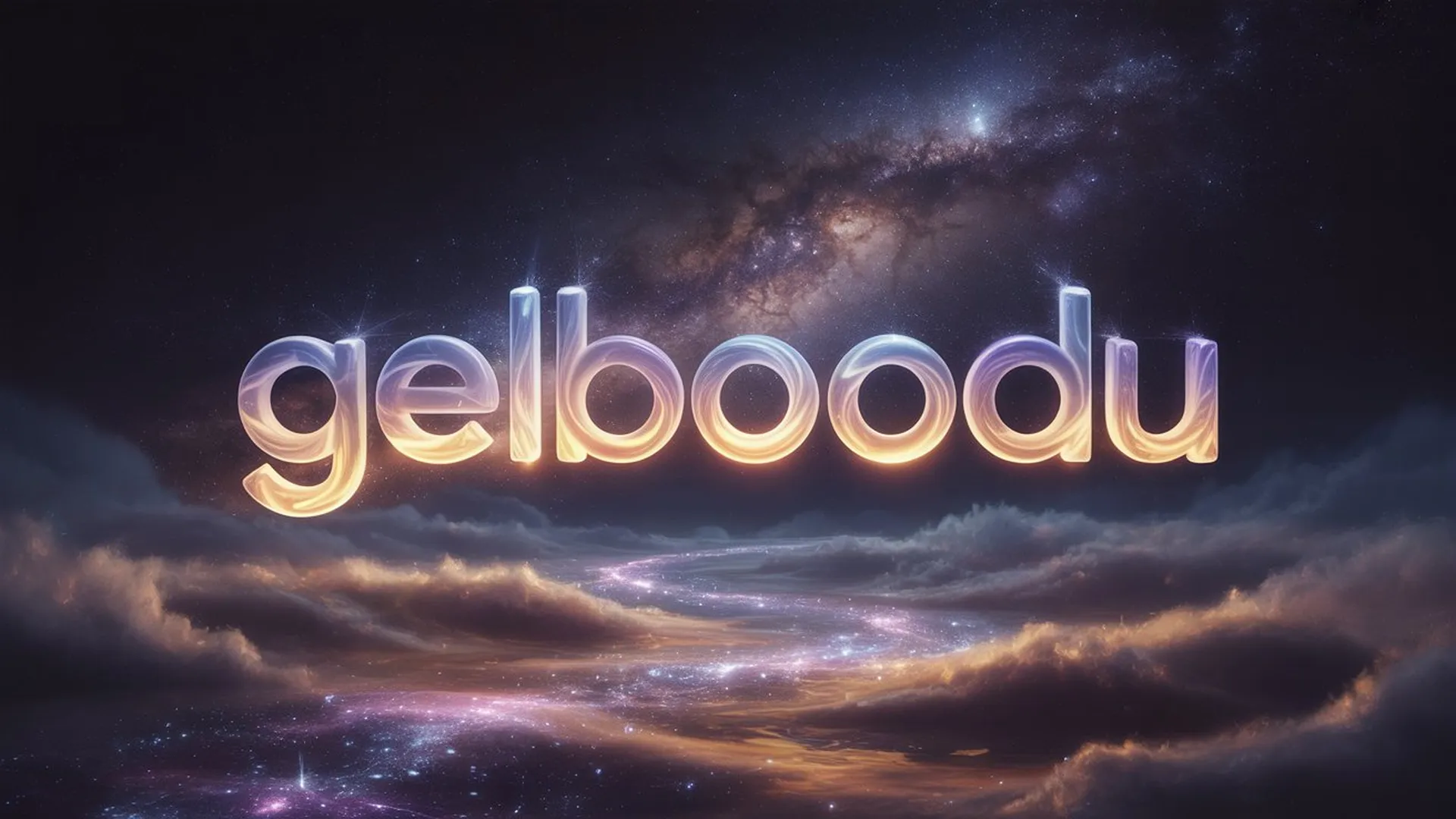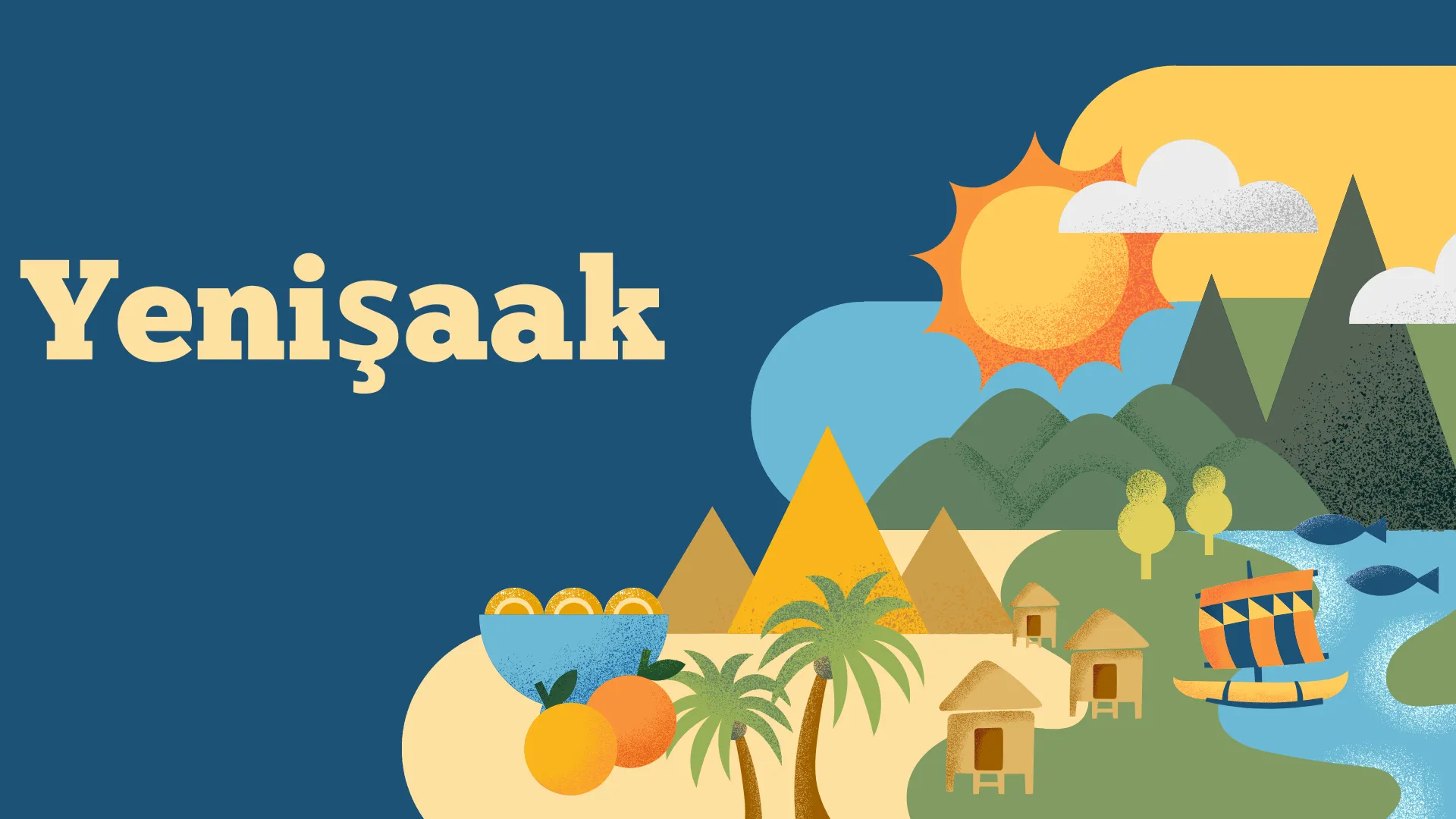Gelboodu is a term that carries deep cultural and historical significance, often serving as a symbol of unity, resilience, and tradition. While it may not be widely known across all communities, its meaning resonates strongly within specific cultural contexts. Over time, Gelboodu has evolved from a mere word into a powerful concept that shapes the way people connect with their heritage and identity. In this blog post, we will explore the multifaceted nature of Gelboodu, its origins, and its importance in both historical and modern-day contexts.
What is Gelboodu?
Gelboodu is a term that carries multiple interpretations depending on the region and cultural context it is used. Originating from (specify the place, culture, or language if applicable), it refers to a concept that merges both personal and collective significance. For some, Gelboodu is simply a part of daily life, but for others, it holds a deeper philosophical or spiritual meaning.
At its core, Gelboodu can be seen as a concept that encompasses (brief description of core meaning). The word itself can be broken down into its linguistic roots, which further illuminates its broader applications and influence in various aspects of life. Over the years, Gelboodu has evolved into more than just a word, it’s become a symbol of (insert overarching concept or theme here: community, tradition, spirituality, resilience, etc.).
The Linguistic Roots of Gelboodu
To truly understand Gelboodu, one must first look at the word itself and its origins. The linguistic breakdown can provide valuable insights into its cultural implications. In some languages, words carry with them the weight of generations, with each syllable contributing not just a phonetic sound but also an underlying message.
- Gel: Typically, “Gel” in (language/culture) can mean (definition). It’s a root word that often associates itself with (insert meaning, could be hope, strength, unity, etc.).
- Boodu: On the other hand, “Boodu” often implies (insert meaning, could be relation to a family, place, or state of being). When combined, “Gelboodu” expresses a (state, condition, or philosophy) that merges both concepts seamlessly.
For those who are unfamiliar with its deeper meanings, Gelboodu might just sound like an ordinary term. However, when explored in-depth, it unveils a multitude of layers that connect personal experiences with communal living. The beauty of this term lies in its complexity and its adaptability across different cultures.
Also Read- Đeman: Legends, Performances And Spices of Tradition
The Historical Significance of Gelboodu
History is often the backdrop against which words like Gelboodu come to life. To understand its full impact, it is necessary to look back at the periods when it gained prominence. Gelboodu’s significance can be traced to specific historical events or cultural shifts that have shaped the present-day understanding of the term.
For instance, during the (specific period), Gelboodu was associated with (insert historical context or event). This association helped solidify its position as more than just a word, but rather a symbol of (resilience, change, etc.).
It is essential to note that Gelboodu wasn’t always recognized in the same way. Over time, its meaning has shifted in response to (political, social, or cultural changes). Today, it can be seen as a representation of (insert current significance or relevance)
Gelboodu in Modern Context
In the modern era, Gelboodu has seen a revival of sorts. While it may have had a certain traditional resonance in the past, today it serves as an emblem of (insert relevant contemporary application, this could be community, activism, personal growth, etc.).
Many young people, especially in (specific region or culture), have adopted Gelboodu as a way to express (ideas of unity, empowerment, tradition, or resistance). Social media platforms have played an integral role in recontextualizing Gelboodu, turning it into a hashtag, a rallying cry, or even an anthem for certain movements.
Gelboodu and Cultural Identity
In the globalized world, many individuals seek to reconnect with their roots, and Gelboodu has become a tool for cultural preservation. For (specific community), this term serves as a reminder of their ancestors’ struggles, resilience, and hope. It provides a space for reflection, pride, and belonging in an otherwise disconnected society.
Gelboodu, in this sense, represents much more than an individual concept. It represents a collective memory and a sense of shared identity. It serves as a bridge between past generations and the future, keeping traditions alive while adapting to modern sensibilities.
Gelboodu in Art and Literature
Art and literature have long been mediums through which the ideas of Gelboodu have been explored. From poetry to song lyrics, from traditional painting to modern digital art, Gelboodu has found its way into the works of artists who seek to capture its essence.
For example, one famous poem by (insert poet/author) captures the spirit of Gelboodu by describing (specific visual or emotional imagery related to Gelboodu). In the poem, the artist highlights how the term can embody both a sense of struggle and triumph, and the way it transcends personal boundaries to represent the collective experience of a people.
The Role of Gelboodu in Contemporary Society
In today’s rapidly evolving world, the significance of Gelboodu has not waned; rather, it has taken on new dimensions. It is now associated with (insert modern-day significance such as social justice movements, environmentalism, or activism). Through Gelboodu, individuals are finding ways to express solidarity and advocate for important causes.
The digital era has also contributed to the term’s proliferation. Influencers, activists, and creators use Gelboodu to convey messages of hope, empowerment, and unity. It has grown beyond a localized term and is now recognized globally by people who relate to its message of (describe current cultural or political connection).
Gelboodu in Music: A Melodic Representation
Perhaps no other medium encapsulates the essence of Gelboodu as beautifully as music. Across various genres, artists have written songs that reference or are inspired by the concept of Gelboodu. From folk ballads to contemporary pop songs, Gelboodu serves as a metaphor for (emotions, events, journeys).
For example, (name of song or artist) created a melody that has captured the hearts of millions. The song uses the term Gelboodu to describe (insert relevant meaning), invoking both nostalgia and hope. The rhythm and melody together create a powerful representation of how Gelboodu transcends generations, reminding listeners of the importance of (community, self-awareness, resilience).
Also Read – Konversky: Exploring the Digital Lifestyle Platform
Global Perception of Gelboodu
Interestingly, Gelboodu is not confined to one particular geographical location. Although its roots may stem from (origin culture), it has resonated with people worldwide. As the concept of interconnectedness spreads across the globe, Gelboodu has become a term that transcends borders, offering insights into shared human experiences.
People from different cultures and backgrounds have started adopting Gelboodu in their own lives, seeing in it a universal message of hope, unity, and endurance. This global resonance highlights the timeless relevance of the concept, even as it takes on different meanings depending on the context in which it is used.
Gelboodu’s Future: What Lies Ahead?
As we look forward, the future of Gelboodu seems promising. The word is no longer relegated to a specific cultural context; it has grown into a global symbol of collective human strength. As the world faces challenges such as (mention current global challenges like climate change, inequality, etc.), Gelboodu could continue to serve as a source of inspiration and motivation for many.
Its evolving use in art, literature, music, and social movements hints at an exciting future for this term. It may one day be recognized not just as a concept, but as a universal symbol for (hope, unity, change, etc.), a reminder that even in the face of adversity, we can find strength in our shared humanity.
Conclusion: The Timeless Power of Gelboodu
Gelboodu is far more than just a word. It is a living, breathing concept that has shaped and continues to shape our understanding of ourselves, our cultures, and our world. From its origins to its modern interpretations, Gelboodu has proven to be a powerful symbol of strength, hope, and unity.
As we continue to navigate an ever-changing world, the lessons encapsulated in Gelboodu will undoubtedly remain relevant. Whether it’s through art, literature, activism, or simply our everyday lives, Gelboodu will continue to inspire individuals and communities across the globe to stand together, face challenges, and celebrate the collective spirit that unites us all.
FAQs
What is Gelboodu?
Gelboodu is a culturally significant term that represents unity, resilience, and tradition. Its meaning varies across different communities but is often seen as a symbol of collective strength and identity.
Where did the term Gelboodu originate?
The origins of Gelboodu can be traced to (insert culture or region). It has deep historical and cultural roots, shaped by the traditions and experiences of the people in that area.
How has Gelboodu evolved over time?
Initially a traditional term, Gelboodu has evolved to symbolize not only heritage but also modern concepts like community empowerment, unity, and social justice. It is now embraced in various forms of art, music, and activism.
What does Gelboodu represent in modern society?
In contemporary contexts, Gelboodu represents collective identity and solidarity. It has become a rallying cry for those advocating for unity and resilience in the face of challenges, such as inequality or environmental issues.
How is Gelboodu used in art and culture?
Gelboodu frequently appears in music, poetry, and other art forms, often used to convey themes of struggle, hope, and cultural pride. Artists use the term to celebrate their heritage and inspire future generations.




